No matter where you live, being an artist is generally not the quickest way to pull in the Benjamins.
However, somehow, creatives all over the world manage to live and work in cities big and small, maintaining their craft and their bank accounts. We asked writer Angella D’Avignon to tap the LA artist community for some stories about how real artists get creative—not only with their work, but with how they make their money.
The stereotype of the starving artist is no joke. Whether you went to art school or not, chasing the dream of being a successful artist is not for the faint of heart. Making art is time-consuming, supplies are often expensive and just having enough time to sit and think about your work is a full time job.
Los Angeles is quickly becoming a major hub in the art world and it’s among the most expensive to live in. According to CurbedLA, Angelenos spend upwards of 30% of their income on rent. L.A. gained about 48,000 new residents in the last year, making our population peak at a record four million people—our highest population yet. In combination with a nationwide housing crisis and serious wage disparity, the art game is increasingly impacted and competitive.
But don’t panic—thousands of artists are still making it happen and we asked five of them how they financially survive as working artists in the City of Angels. Pinching every penny, having multiple side gigs, keeping a relentless work ethic and hanging onto your vision are key.
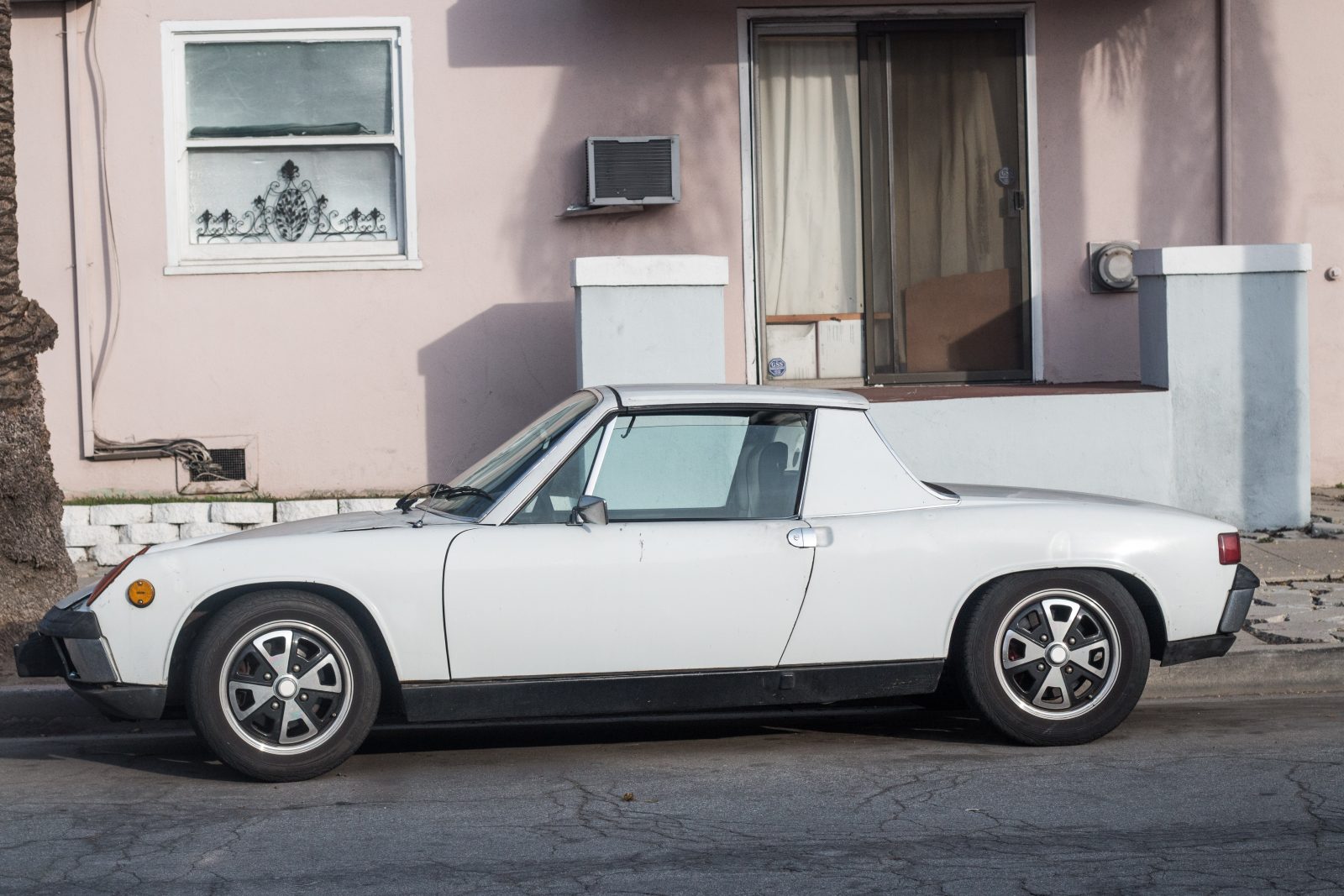
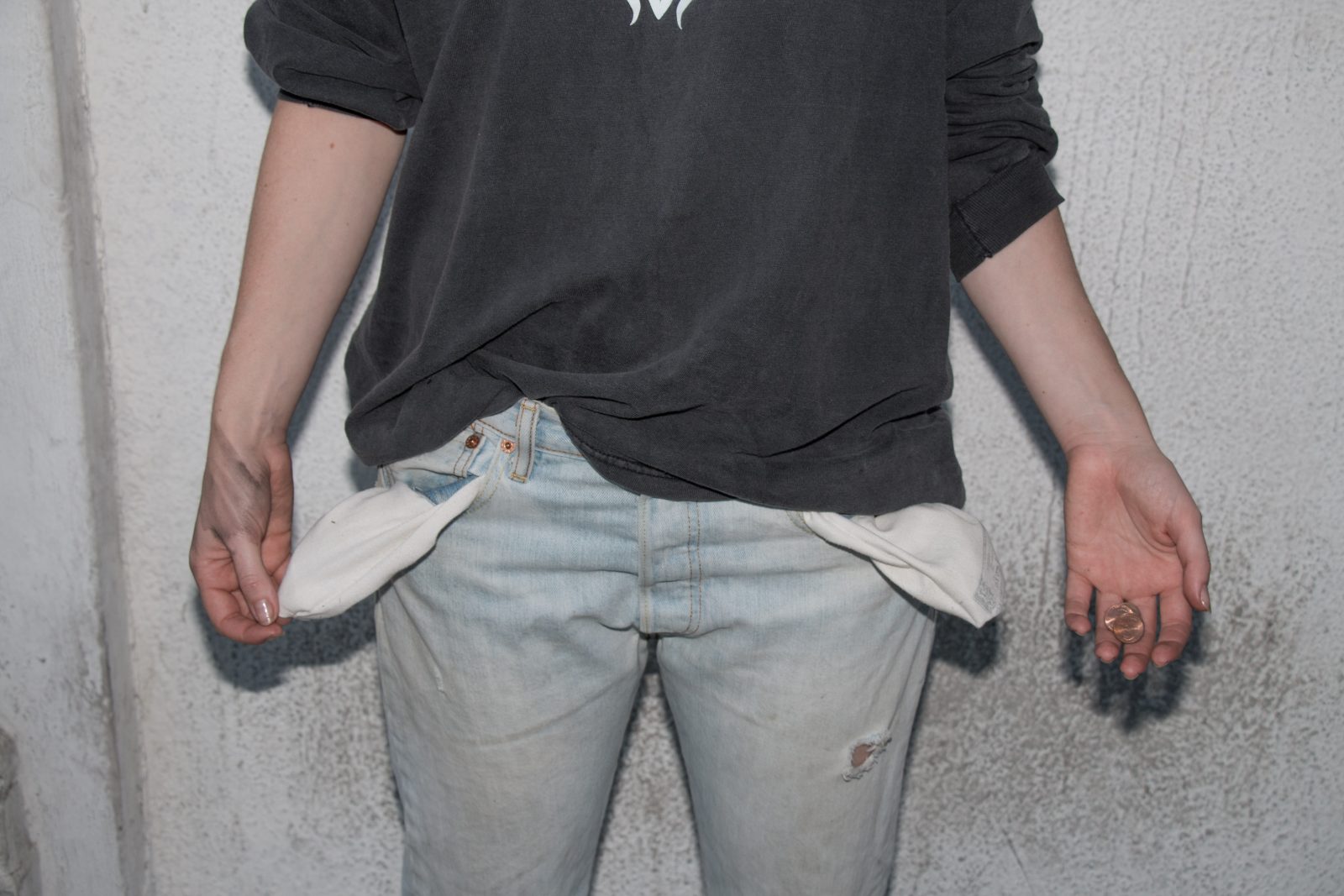
Isa Beniston is an artist and the mastermind behind gentle thrills.
“Right now, I make a living running an e-commerce site and retail brand called gentle thrills. I started the brand a little over a year ago while I was working 3 other part-time jobs (teaching art part-time in a juvenile hall, working at MOCA as a gallery attendant and doing conservation work which paid, $30, $10, and $20 an hour, respectively). The small studio I was working out of at the time was only $275 a month (it was a not-quite-legal warehouse full of maybe 20 people living and working and was shut down in March of last year after the Ghost Ship fire).
When I started gentle thrills, I made a visual map and factored in different revenue streams that would help me make rent each month. At this point, I’m subsisting financially off of a combination of online orders, royalties from collaborations, freelance commissions from other businesses and more airbrushed pet t-shirt commissions than I’m comfortable with. 99% of this revenue comes from Instagram, where I maintain a strong following and post a lot more than I want to/feel is healthy. I also outsource very little of the production of goods to other people to keep my overhead as low as possible, but honestly this isn’t sustainable, since it means I work late almost every night and often on weekends. When I do outsource, I hire friends whenever possible and pay them what I can in cash and the rest in trade.
Transitioning gentle thrills from a side-hustle (barf) into a full-time job was definitely a little uncomfortable but what i’ve realized is that like 80% of growing your practice, your business, whatever, is investment and visualization. When I quit my last day job and moved out of the affordable studio into something that was actually on par with how much the rest of Los Angeles charges for a downtown studio space (i.e. TOO much), I got a loan to pay the deposit and first month’s rent. I wasn’t happy to say bye to the cheap studio, especially in a city like LA where it’s a constant pissing match about whose rent is the cheapest, but the new, pricier studio meant I had enough space, and finally enough time, to get shit done, and I was able to pay the second month of rent with earnings from my business.
Over the past year I’ve had to negotiate a new definition for myself of what it means to be an artist, and I’m grateful I chose to pursue a path that isn’t as nebulous as trying to “make it” surviving on sales of my drawings alone. Like, I want to live in a world where people buy art at the same rate they buy t-shirts, but alas—most paintings don’t cost $45, and honestly, should they? And even if they did, I’m not sure we live in a society that wants to buy art en masse. I don’t torture myself as much as I used to about how different pricing is in retail vs. the art world even though the work I put in is about the same, and I still show my work, but it’s definitely taken a backseat to running the brand, which is a price I have to be okay with paying.”
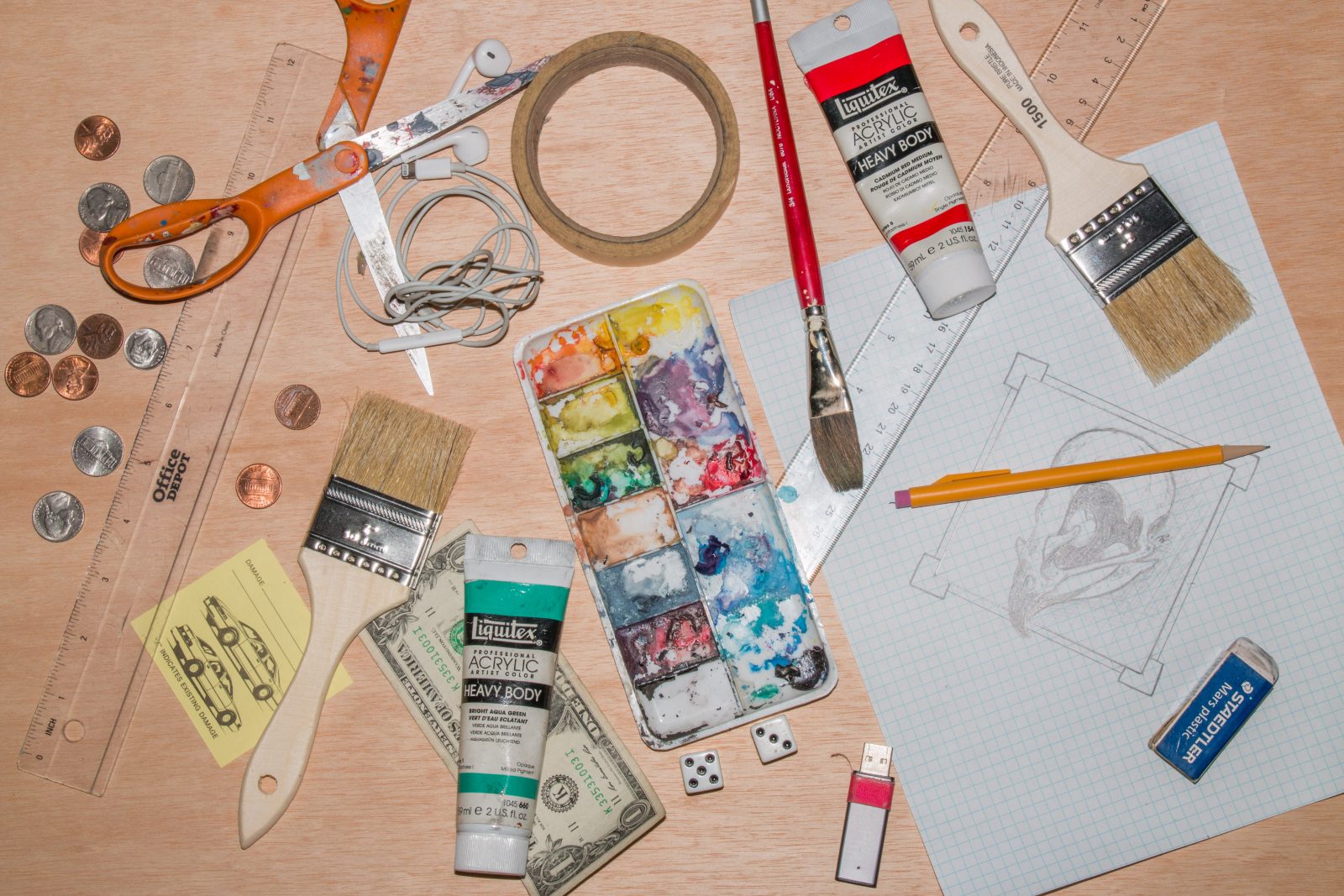

Gabriella Sanchez is an artist and designer.
“When I was starting out and money would get tight every now and then I would round up a bunch of my stuff—clothes, shoes, furniture, whatever and sell it on Etsy and Craigslist.
I also went through a phase of selling digital templates of wedding stationery—I hated the work but people are crazy about weddings so there was always new business and since everything was digital I didn’t have to put any money into making them. That kept me afloat until I started to get larger commercial illustration jobs.
And I still buy clothes and return them after I’ve worn them sometimes—just save the tags. Last year, I went on a trip and I needed a winter coat so I bought a cute (read: expensive) one and returned it when I got back to L.A. like a month later.”
Faye Orlove is an artist who runs community space Junior High.
“I have been saving money since I was little, I think part of being an American Jew is learning financial security at a really young age. I didn’t enter the freelance world until I knew I had enough money saved for a few months of a shaky future. My savings account has gotten me through countless late payments, slow months, and surprise expenses. Saving is crucial.
I just signed up to be a dog walker through wag, which gets me out of of the house and making a couple hundred extra bucks throughout the month. I pay for everything with credit cards to accumulate cashback and airline points, but I NEVER spent money through credit that I don’t have. I pay my cards off fully every month, and don’t buy any unnecessary purchases unless I’m feeling super secure or there’s a piece of clothing or a record release or something I’m really dying to have.
Even with my insane frugality, I struggle most of the time just going out to eat, buying a week’s worth of groceries, flying home to see my mom for Thanksgiving. Money is the reason I’m not happy, to be perfectly honest. It’s the reason I don’t have health insurance and the reason I eat like shit. I can’t always afford my medications, vitamins, or fresh foods. I once rode my motorcycle for almost two weeks with a chain about to burst because I couldn’t afford a new one. I wish I had better advice on being successful as an artist, but I’m barely getting by as it is. I don’t have family money to rely on, or any inheritances, my family has never lived in excess.
My keys are to save and not to make frivolous purchases and to use credit cards with a good cashback deal for every purchase, because as long as you pay your cards off on time every month, you’re just making free money. Truly! I’ve flown to europe and back for free just living my life for a year and accumulating points.
In my life, the key to saving has always been imagining a better future for myself, knowing how much of the world I want to see, and understanding that my primary concern is the safety and health of my family.”
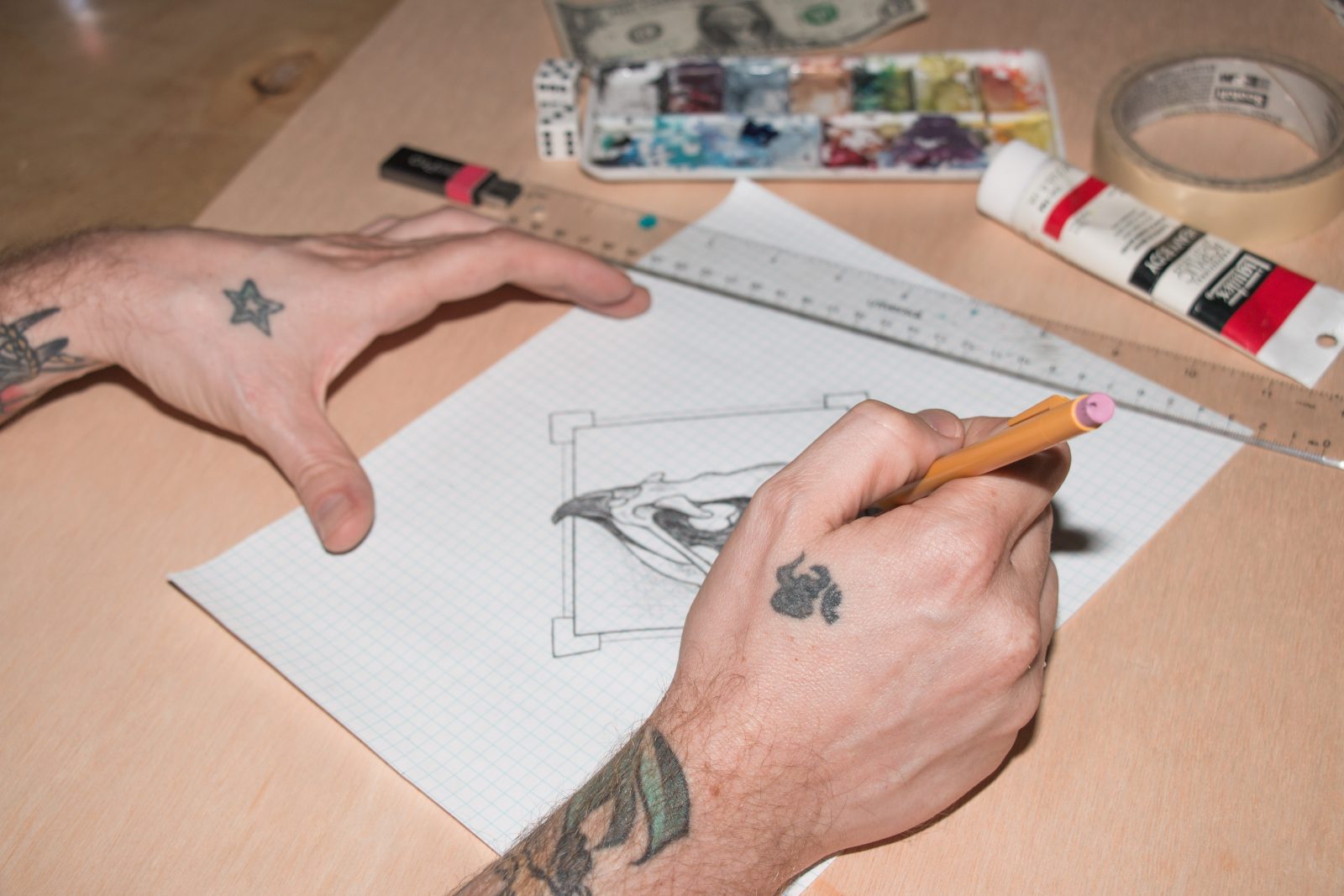
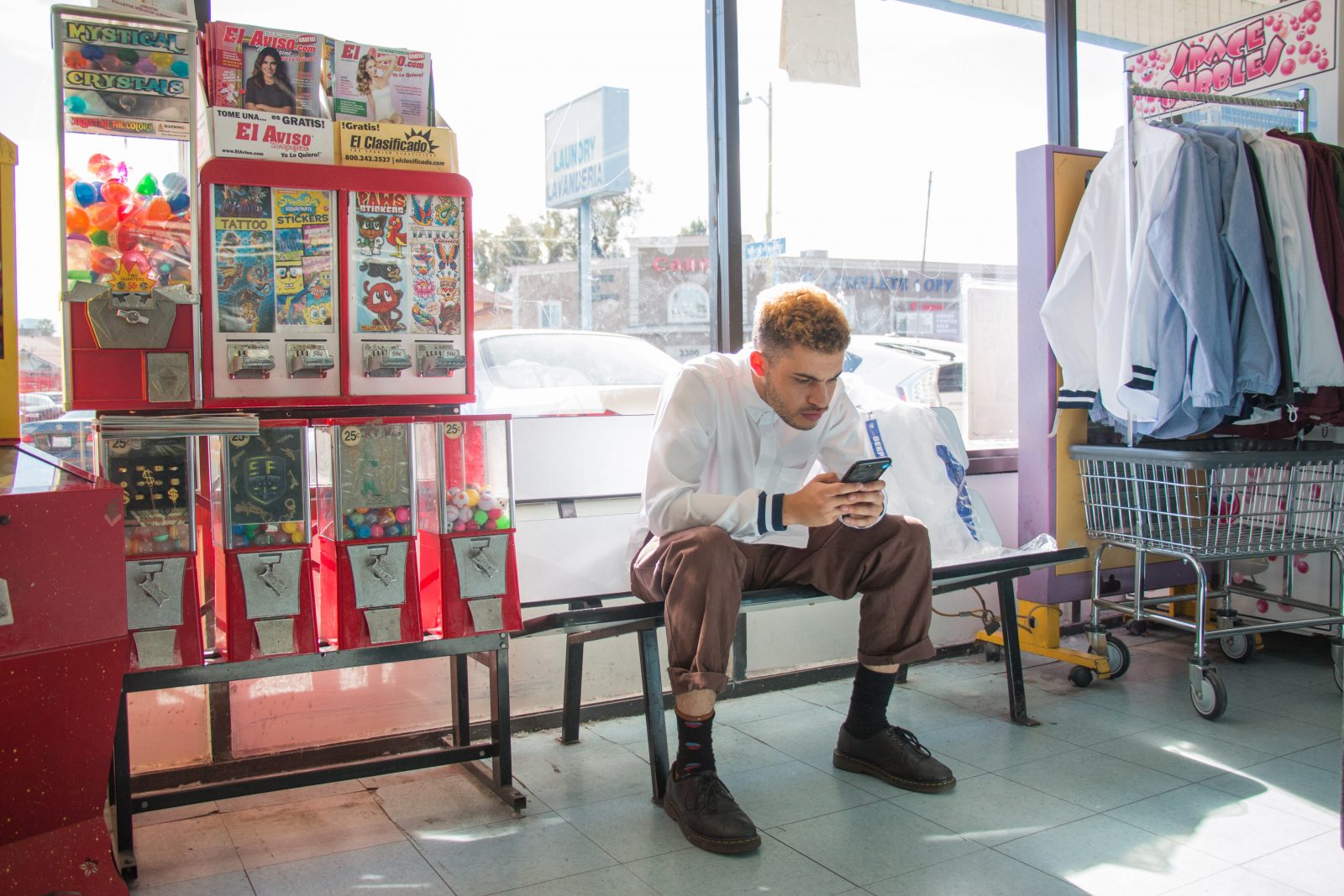
Mike Farrell is a lettering artist.
“I think you have to be scrappy or sell out. I’ve done both, separately and together. Find that thing you like to make that people react to, and create all the time. The most successful artists I know never take a break from creating.
That’s being scrappy. Or you can work a job and moonlight creating art to help fill in the cracks and keep you sane. That’s what I’m doing now.”
Nicole Reber is an artist and works in real estate.
“I think part of looking at your career as a lifelong visual artist should focus on how other artists in fields like music, acting, etc deal with aging, the audition process, etc. I think that sometimes we don’t parallel ourselves enough to these fields when there’s honestly a lot of similarities in our struggles, and the social and luck aspects of a lot of people’s success. Coming to terms with that made me think a lot about my future, what my goals are for myself and on a family level too. Inherently, being female puts a different biological calendar on your choices about those types of things. I was starting to get freaked out that I’d be put into manipulative relationships, (both business-wise and emotionally) in my future based on my feeling that I was unable to provide fully for myself.
For me, I’ve found that my art has become way more irreverent now that I’m focusing on a totally different full time business. I’m doing real estate now, and honestly one of the best things about it is that if there’s rejection, it’s not about me! It’s seriously such a weight off my shoulders and I can feel that in the looseness of my writing and creative practice right now. Also, we as artists carry awesome skill sets that might not feel unique because we surround ourselves with like-minded people, but when you exit your scene, there are industries where your skills can be really appreciated because they haven’t been there before. I think on a mental health level, if you can get that from your other job outside your art practice, it can make your studio time more valuable because there’s less pressure and head games going on your creative process. Losing your ego about having a side career and being a successful showing artist was something I had to go through as well, and it has it’s own set of challenges to brand yourself to two businesses, as I have to inherently advertise both my real estate business and art shows.
For me, I’m trying to meld the two and become the real estate agent to the art world, working with artists and collectors to choose properties that complement their styles, because there are unique focuses that these clients have that I respect and want to facilitate. I know on a certain level that more major or celebrated galleries would probably never pick me up now that I don’t have this full time studio practice narrative to sell, even if the work is good, but I had to get over that and just enjoy making stuff for the hell of it.”
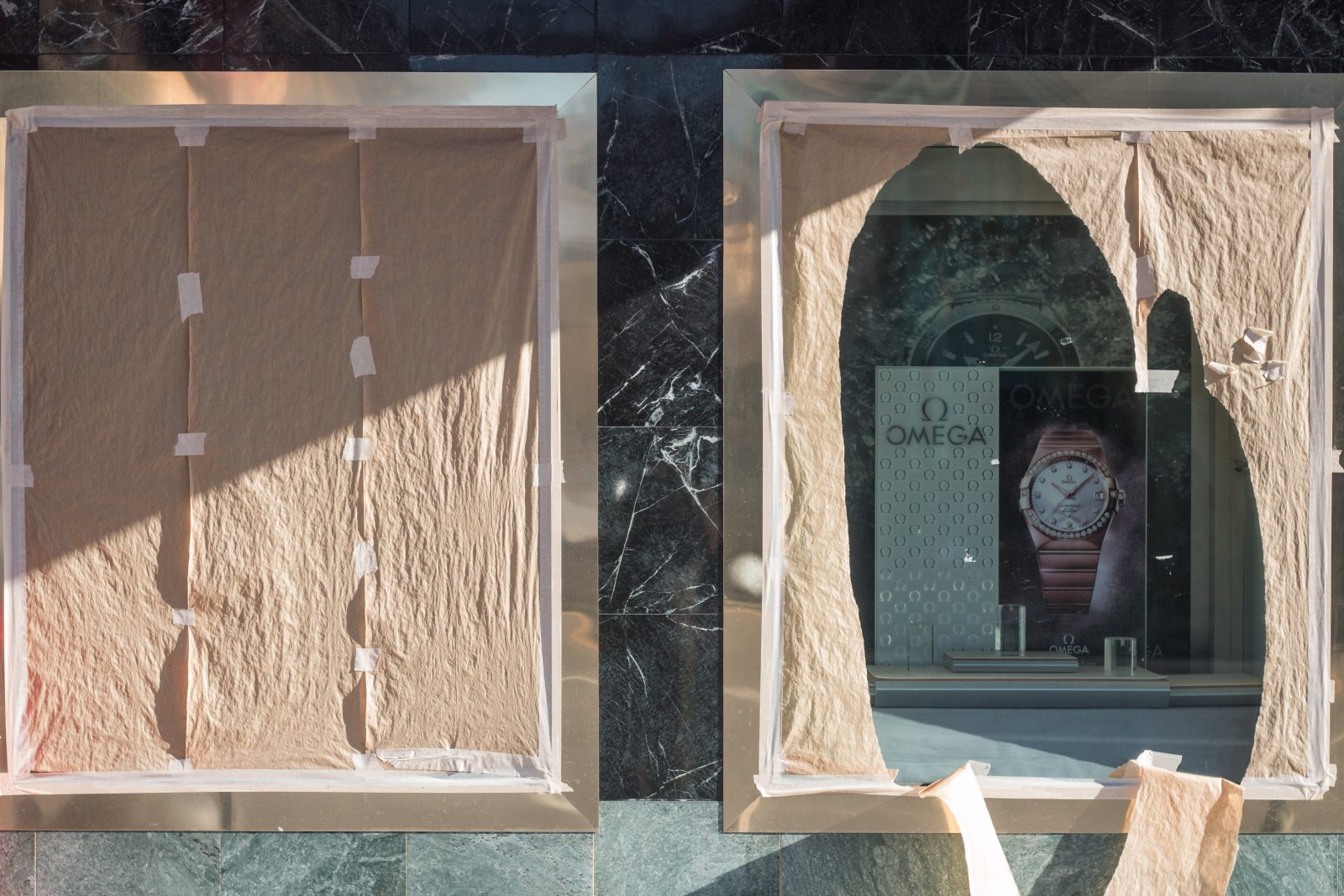
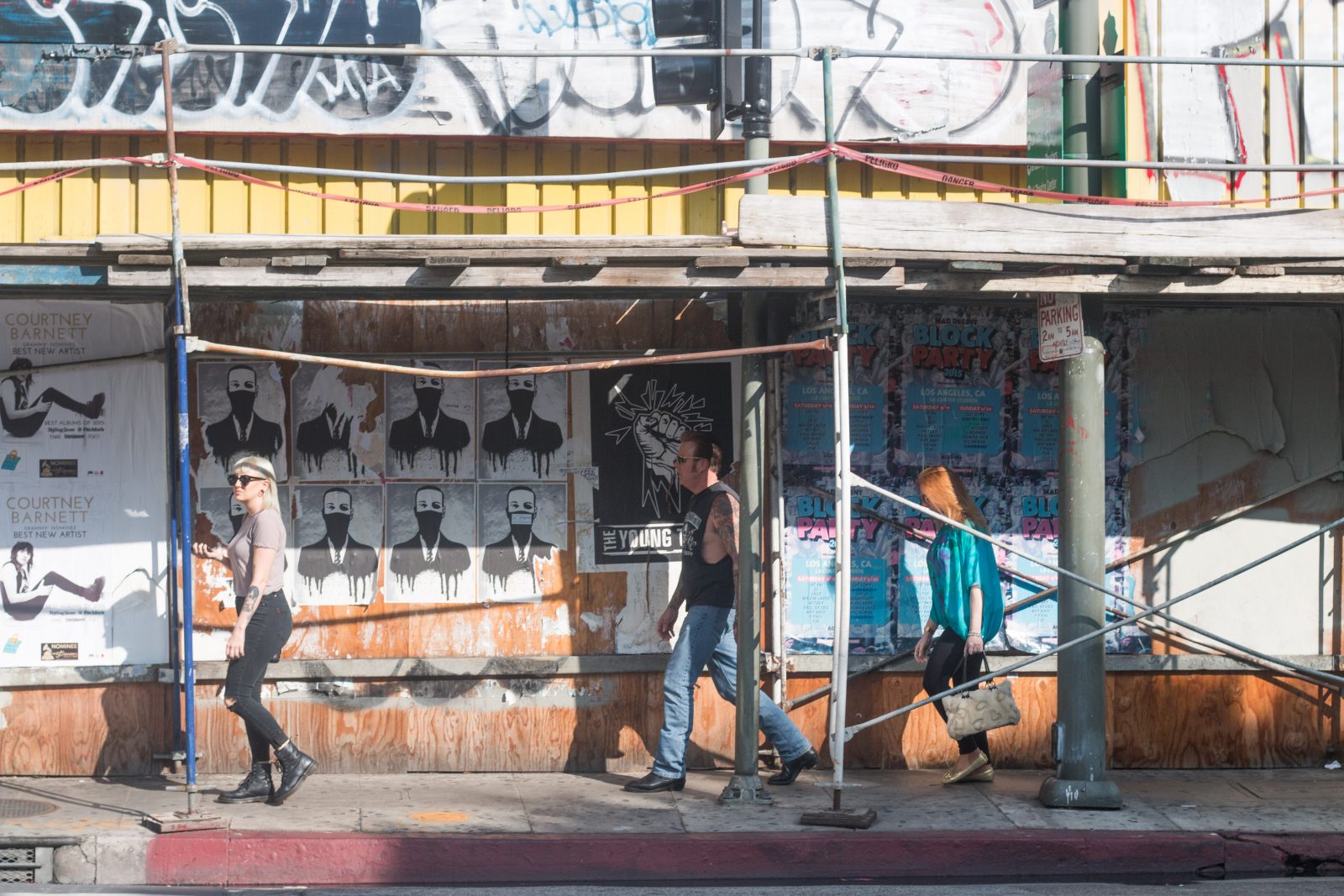
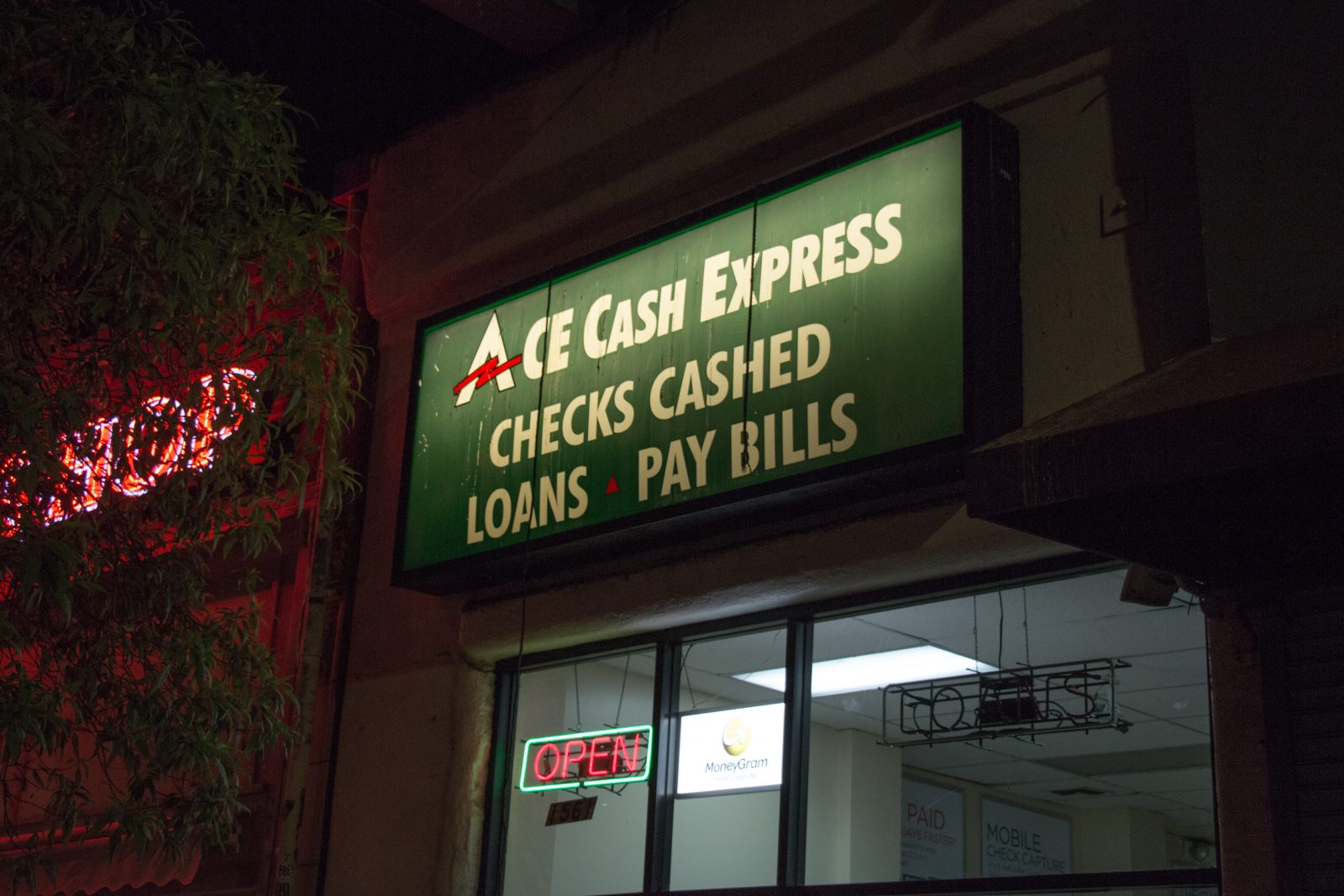
Photos by Michael Delaney
Comments